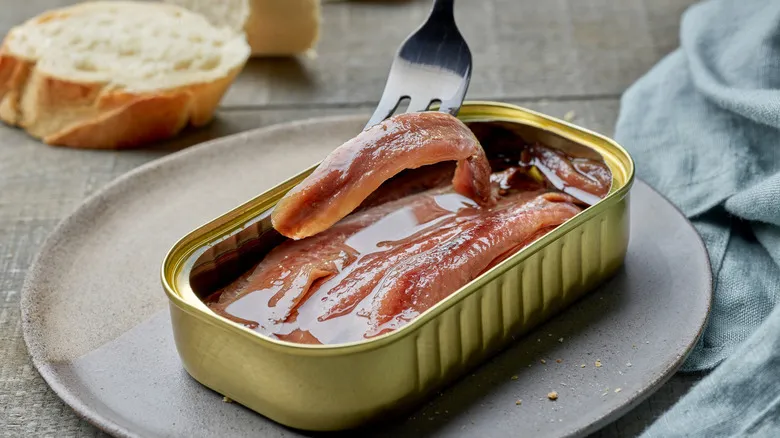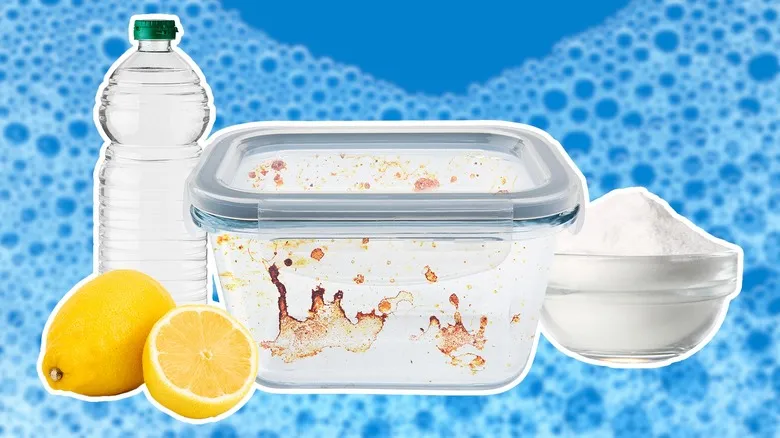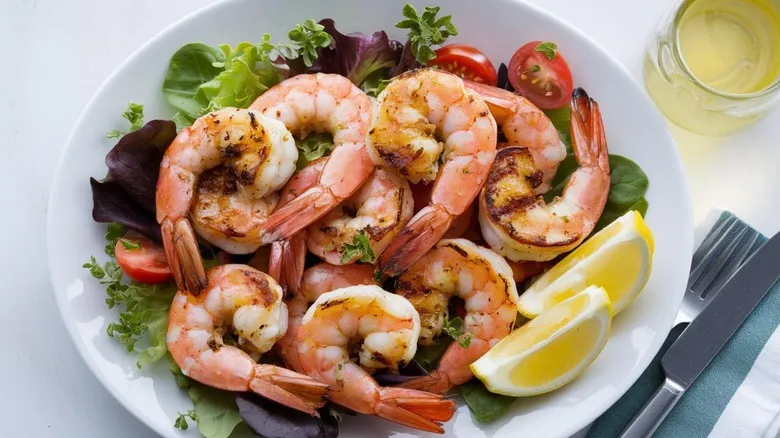Why brining shrimp with baking soda works

Like all types of meat, the proteins in shrimp bond when exposed to heat, causing the flesh to tighten and moisture to be expelled. This results in a dense, chewy texture. In high-quality steak cuts, marbled fat contributes to moisture retention, but shrimp lacks this advantage. Instead, using a brine made of baking soda and salt helps to lock in moisture, forming a protective barrier and drawing moisture back into the shrimp. This process also raises the pH of the proteins, making them less acidic and more basic, which disrupts the bonding process.
Dry brining is likely the simplest technique, allowing you to coat each shrimp effectively in just 15 minutes. Alternatively, you can create a slurry with a bit of water, baking soda, and salt. Whether you choose dry or wet brining, place the shrimp in a bowl and toss them to ensure even coverage. It's best to brine the shrimp in the refrigerator to avoid the risk of harmful bacteria that can develop if they are left at room temperature for too long. Allow the shrimp to brine for up to one or two hours (but no longer, as they can become mushy, similar to marinating meat), and then pat them dry before frying or grilling. The end result is a plump, juicy shrimp with a satisfying snap, reminiscent of the texture of a grape tomato.
Recommended

Gordon Ramsay's Clever Method For Thin And Crispy English Pancakes

5 Ways You Can Use The Leftover Oil From Canned Anchovies

13 Delicious Tips For Top-Notch Smash Burgers

6 Ways To Remove Even The Toughest Stains From Plastic Storage Containers
Next up

